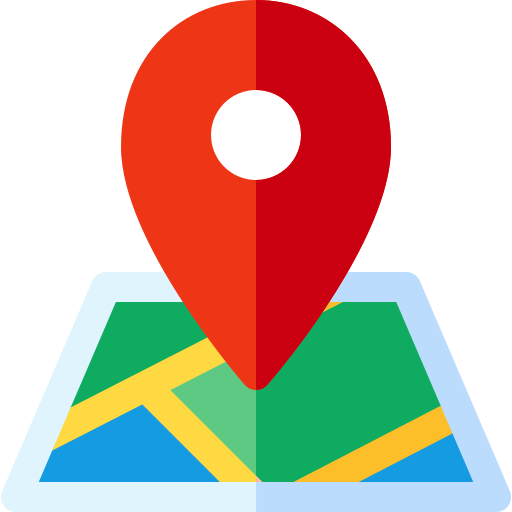A Beginner’s Guide to Understanding APIs
Introduction
Have you ever wondered how your favorite apps, websites, and devices talk to each other? The magic behind this seamless communication is APIs. Short for Application Programming Interface, APIs are essential for modern software development and integration. In this guide, we’ll break down the basics of APIs, their role in technology, and how they power the digital world.
1. What is an API?
An API (Application Programming Interface) is a set of rules and protocols that allow different software applications to communicate with each other. Think of an API as a bridge that connects two systems, enabling them to share data and perform specific actions.
Analogy: Imagine an API as a waiter in a restaurant. The waiter takes your order (your request), delivers it to the kitchen (the system), and brings your food (the response) back to you.
2. How Do APIs Work?
APIs work through requests and responses:
- Request: The client (e.g., a mobile app) sends a request to the server via the API.
- Processing: The server processes the request, accessing the required data or performing an action.
- Response: The server sends the requested data or confirmation back to the client.
Example:
You use a weather app to check the forecast. The app sends a request to a weather API, which retrieves the data and displays it on your screen.
3. Types of APIs
1. Web APIs:
- Used for communication over the internet.
Examples: REST APIs, SOAP APIs, GraphQL APIs.
2. Operating System APIs:
- Enable apps to interact with the operating system.
Example: Windows API for interacting with Windows OS features.
3. Database APIs:
- Allow applications to interact with databases.
Example: SQL APIs for querying databases.
4. Third-Party APIs:
- Provided by external services to integrate their functionality.
Examples: Google Maps API, PayPal API, Twitter API.
4. Benefits of Using APIs
1. Integration: Connect different platforms, apps, and services seamlessly.
2. Efficiency: Reduce development time by leveraging existing functionalities. 3. Scalability: Enable systems to grow by integrating new features without rebuilding from scratch.
4. Innovation: Drive innovation by enabling developers to build on top of existing technologies.
2. Efficiency: Reduce development time by leveraging existing functionalities. 3. Scalability: Enable systems to grow by integrating new features without rebuilding from scratch.
4. Innovation: Drive innovation by enabling developers to build on top of existing technologies.
5. Common Use Cases for APIs
E-Commerce:
- Payment gateways like Stripe or PayPal APIs for secure transactions.
- Inventory management APIs for real-time stock updates.
Social Media:
- Facebook or Twitter APIs for sharing content and user authentication.
Maps and Location:
- Google Maps API for location tracking and route planning.
Automation:
- Zapier API for automating workflows between apps.
Data Analysis:
- APIs for fetching and analyzing data from platforms like Google Analytics.
6. Challenges and Limitations of APIs
1. Security Risks: Poorly designed APIs can be vulnerable to attacks.
2. Rate Limits: APIs often have limits on how many requests can be made in a given period.
3. Compatibility Issues: Updates or changes to an API can break existing integrations.
2. Rate Limits: APIs often have limits on how many requests can be made in a given period.
3. Compatibility Issues: Updates or changes to an API can break existing integrations.
Solutions: Use secure APIs, monitor usage, and stay updated with API documentation.
7. Tools to Work with APIs
1. Postman: A popular tool for testing and debugging APIs.
2. Curl: A command-line tool to send requests to APIs.
3. Swagger: For designing, building, and documenting APIs.
4. Insomnia: A user-friendly API client for developers.
2. Curl: A command-line tool to send requests to APIs.
3. Swagger: For designing, building, and documenting APIs.
4. Insomnia: A user-friendly API client for developers.
My Services
Understanding APIs is crucial for modern web and app development. As a full-stack developer, I specialize in integrating APIs seamlessly into websites and applications. Whether it’s building custom APIs or integrating third-party services, I can help your business unlock its full potential.
Check out my portfolio or email me at shahajay213@gmail.com to discuss your next project.
Conclusion
APIs are the backbone of today’s interconnected digital world. By understanding their role and functionality, you can leverage APIs to create innovative, efficient, and scalable solutions. Whether you’re building an app, a website, or automating workflows, APIs offer endless possibilities.
Need help with APIs? Let’s work together to build something amazing!
Posted on: 07-01-2025




